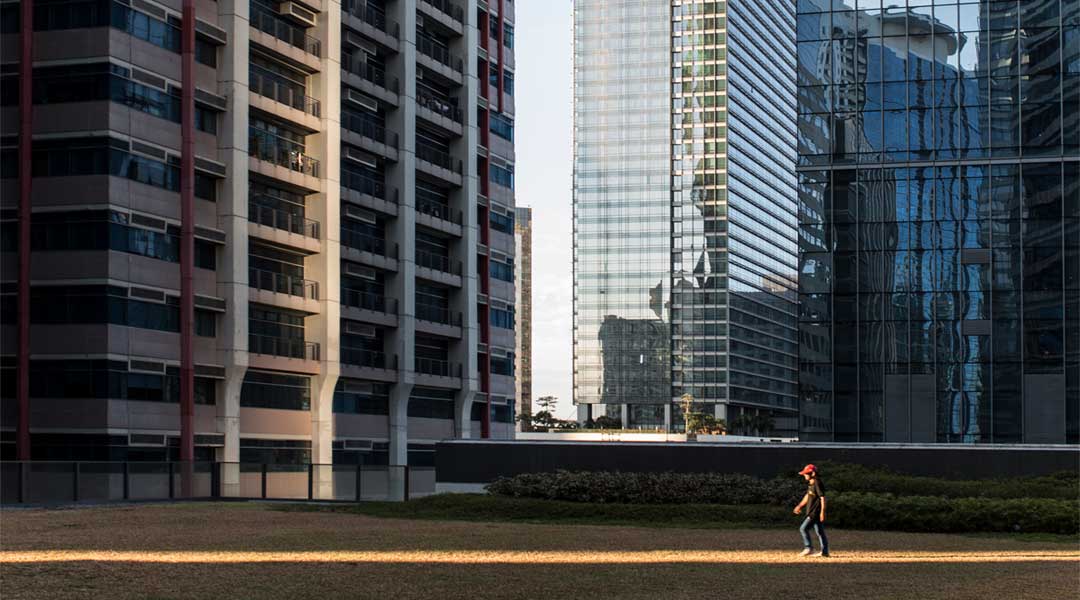
The intricate, nuanced, and layered relationship between architecture and photography
Photography and architecture have shared a constantly evolving relationship throughout their common history. It is an association that began with architecture’s early dependence on photography in documenting buildings and has eventually resulted in the current connection in which architects rely heavily upon photography to promote their works and communicate their ideas. Throughout this interaction, one discipline informs and is in turn informed by the other. It is a constantly changing dynamic that is more intricate, nuanced, and layered than the initial idea of a mechanical transcription of a three-dimensional building onto a flat surface would lead one to believe. It is interesting to note how photography, one of the youngest of disciplines, has had a profound and long-lasting effect upon numerous aspects of one of the oldest, architecture.
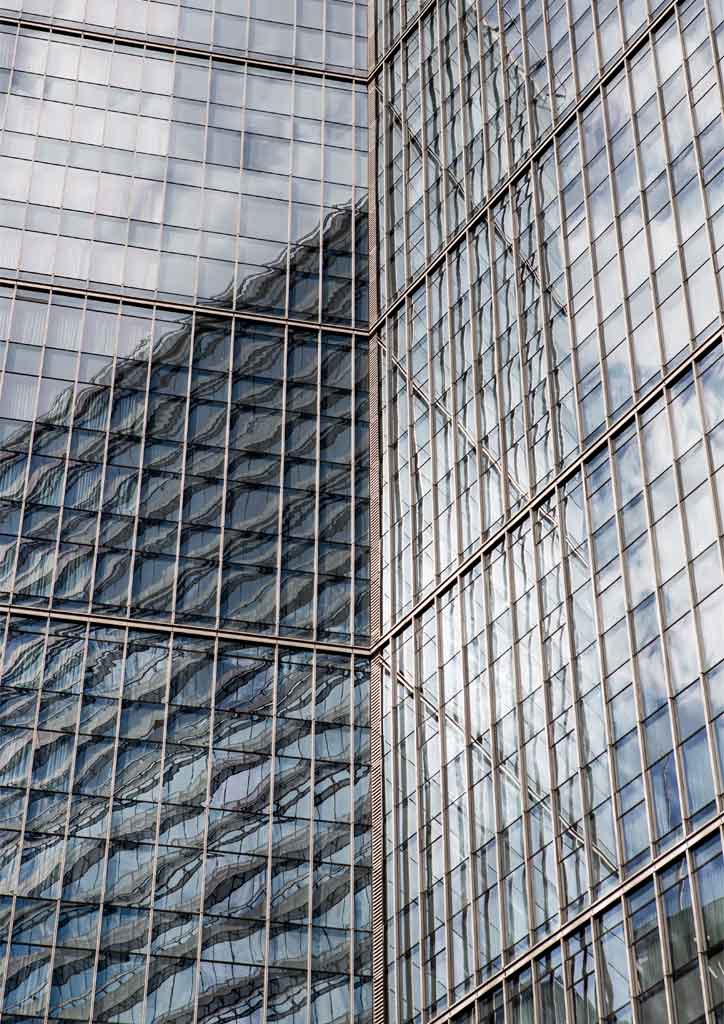

Architectural photography is a facile, mimetic discipline that creates representations of structures and spaces that go beyond a simple, direct imprint of the built environment. It can emphasize rhetoric and ideology, reflect shifting mores and politics, as well as put forth cultural and professional agendas. Photography and architecture are both attended by debates about how, as disciplines, they each hover somewhere between service and art form. Both share an intimate relationship that has always been somewhat in conflict—one that has grown entangled in recent times. While architects and historians continue to utilize photographs as chronicles of artefacts, buildings grow increasingly associated with their photographic images as a result of the emphasis placed today on architecture as a form of mass communication.
READ MORE: Architectural photographs (or the remains of our buildings)
A new way of seeing
Photography was born during the Industrial Age, the same in which the modernism which shaped much of the 20th century took root. Its first memory, the first photograph ever taken, was Nicéphore Niépce’s View from the Window at Le Gras (1826). This was also the first architectural photograph. Despite the lack of detail that would soon come to define the new medium, it was a clear demonstration of photography’s consummate translation of three dimensions into two. Since then, both photography and architecture have been bedfellows.
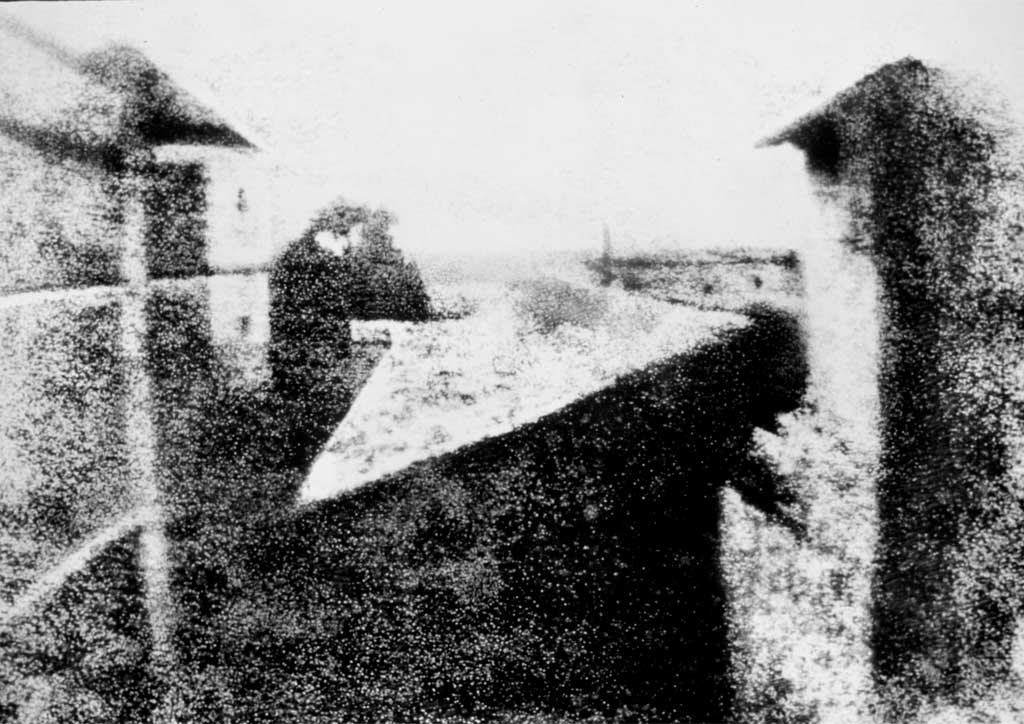
Initially regarded in relation to architecture as merely a sort of automatic drawing, photography was deemed important only for its ability to document buildings and as such was relegated to a subordinate role. Buildings have always been highly valued photographic subjects, mirroring society’s appreciation for architecture and its cultural significance. By the 1860s, architectural photography began to be recognized as an established visual medium. The question of authority over the visual depiction of the built world would be in contention between the architect and the photographer well into the next century.
From the earliest dissemination of pictures of buildings, photographers have greatly influenced how the general public ‘sees’ buildings. Any first time visitor to Daniel Burnham’s Flatiron Building for instance, inevitable will position him or herself in relation to the building so as to make it appear as the ornamented but depthless sheet of an elevation that was so often depicted in the popular press of the day. Innumerable landmarks worldwide became indelibly identified with their postcard perspectives. From contributing to a growing sense of globalization in our cities to simply celebrating structural beauty, photography transformed our perception of our built surroundings and helped us to see our increasingly urban lives in a new light.
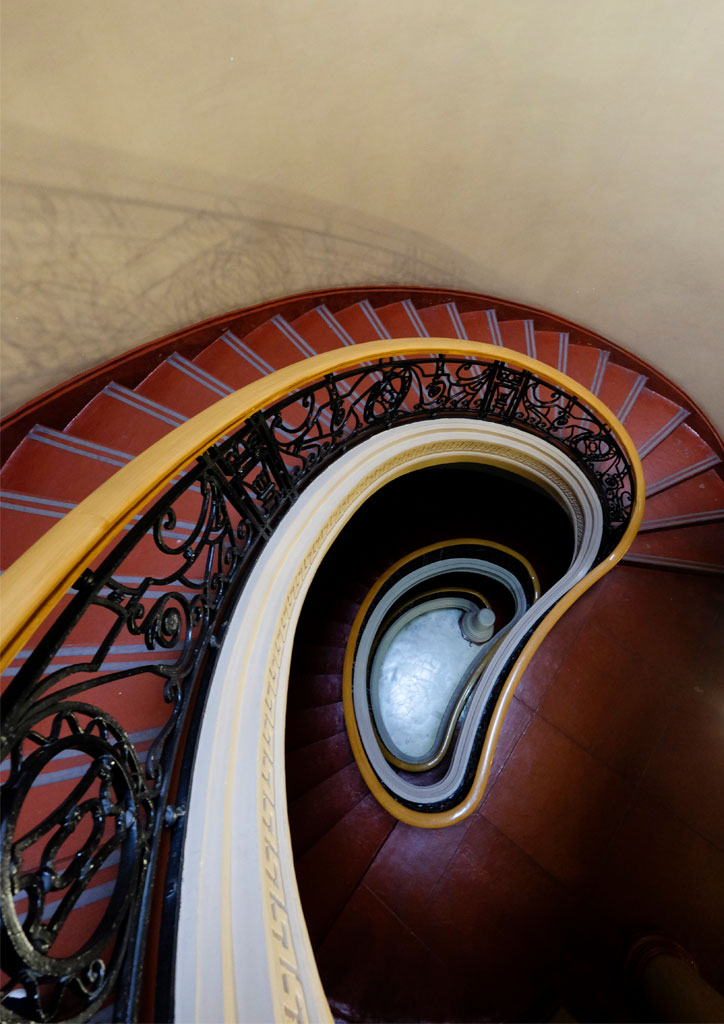
The modern history of architecture had its origins in Western Europe at about the time when photographs of buildings became available to scholars. Photography made possible opportunities for the development of sophisticated research methods previously unavailable to scholars who until this point had to rely solely on drawings and traditional prints. This limited the ability to make comparisons between buildings and groups of buildings, thus hindered the development of any method based on systems of classification.
Photographs are essential to the pursuit of historical research and interpretation because they give scholars an almost infinitely expandable collection of visual records of buildings and building details. The development in the latter half of the nineteenth century of fine long-focus lenses and increasingly sensitive negatives permitting rapid exposure brought further aspects of buildings to light.
READ MORE: The surreal ‘scapes’ of Jay Yao’s drone photography
The photograph becomes design driver
The European modernism of the 1920s actively promoted itself as no other movement previously had and thus became an architecture largely consumed through its images. Its idiom of planar geometries, clean, unadorned surfaces, and pared-down simplicity was not only attractive to photography but was at least in part purified by it. The early buildings of Le Corbusier, Bruno Taut, Mart Stam, J.J.P. Oud, among others, were routinely finished in bright hues. By the beginning of the 1930s however, modernism’s most famous buildings such as or Le Corbusier’s Villa Savoye and Mies van der Rohe’s Villa Tugendhat were purged of all color to present a clean delineation of abstract form as monochromatic as the numerous images taken of them. In its consideration of some preoccupations of photographic media, architecture itself had been altered by photography.
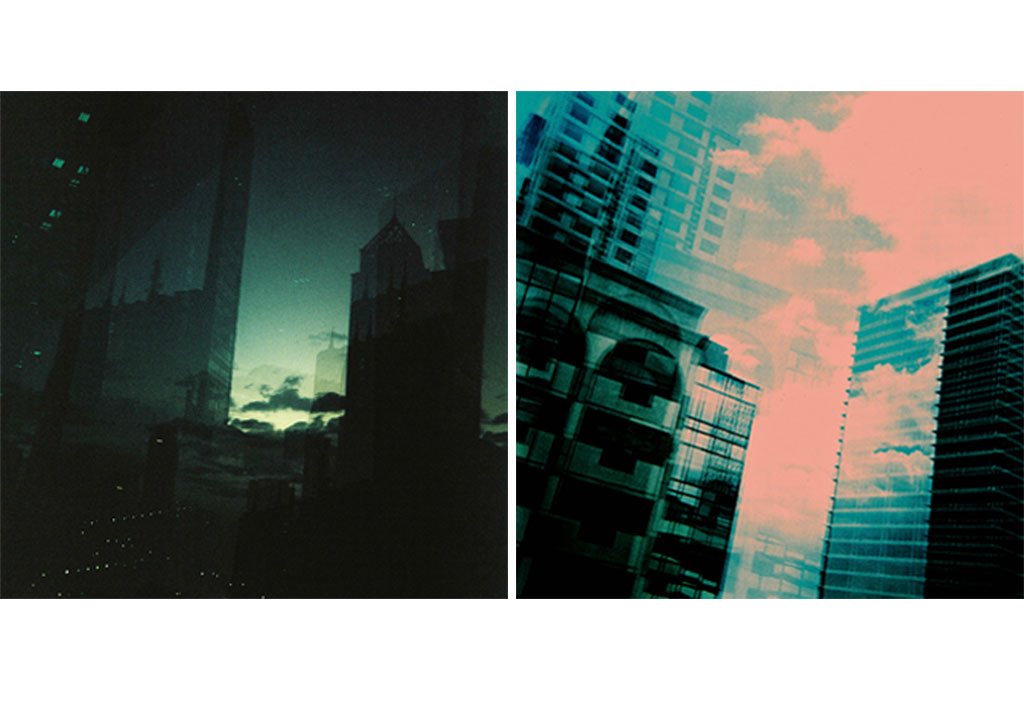
This emphasis an abstraction increasingly favored in imagery a tendency toward depopulation in service of the uncluttered modernist aesthetic. Photography emphasized the new sleekness, light, and technical acumen of an architecture that was now “equipped” rather than “furnished”; and conceived as machines for living, working, or playing in.
By this time, architects had already recognized the communicative power of photographs and sought to further their pioneering modernist agendas via the photomontage. Whether deployed as a means for aesthetic visioning or structural speculation, these composite images bore the punchy immediacy and unambiguous clarity typified by Soviet Constructivist propaganda posters.
READ MORE: Flux and fluidity of Calatrava works photographed by Karchmer
While Modernist architecture celebrated industrial smoothness, Modernist photography explored a heightened interest in more varied textures, partly in search perhaps of capturing the tactile facture that it inherently lacked as a medium. By the end of the Second World War, architecture was only all too willing to feed this interest when its practitioners explored the new expressive possibilities offered by Brutalism. With its penchant for sublimity-inspiring scale, hulking expressionistic forms, and the use of that most poetic of modern materials, béton brut, Brutalism will hold a particular photographic fascination that transcends generations.

By the 1950s, architectural photography had become well established as an autonomous discipline and more than ever, architects were commissioning photographers to publicize their works. It’s most adept practitioners, Julius Schulman, Ezra Stoller, Balthasar Korab, among others never set out to indulge in artistic pretenses and it is perhaps this earnestness that makes these photographs so evocative of the architectural intentions behind them.
Through these pictures, the greater public became acquainted with the works of contemporary architects such as Eero Saarinen, Charles and Ray Eames, Pierre Koenig, John Lautner, among many others, as well as the earlier masters. These images affirmed a continued faith in modernism, now often demonstrated in color, by featuring spaces conspicuously enjoyed by living, breathing occupants. These images today stand as documents of the taste and values of that particular era.
READ MORE: Architectural photographers we’re now following online (part 1)
Throughout the history of modernism, photography and architecture became intertwined in the publication and discussion of new projects, but the collaboration of these two media raised questions about representation and the actual experience of buildings. Postmodernism reacted against the perceived shortcomings of modern architecture, particularly its rigid doctrines, uniformity, lack of ornament, and a habit of ignoring local history and culture of the locales where it appeared. The architect and architectural historian Robert Venturi led the crusade in 1966 in his book, Complexity and Contradiction in Architecture. Venturi proposed giving primary emphasis to the façade in place of the functional doctrines of modernism and induced architects to think ever more “photographically.”
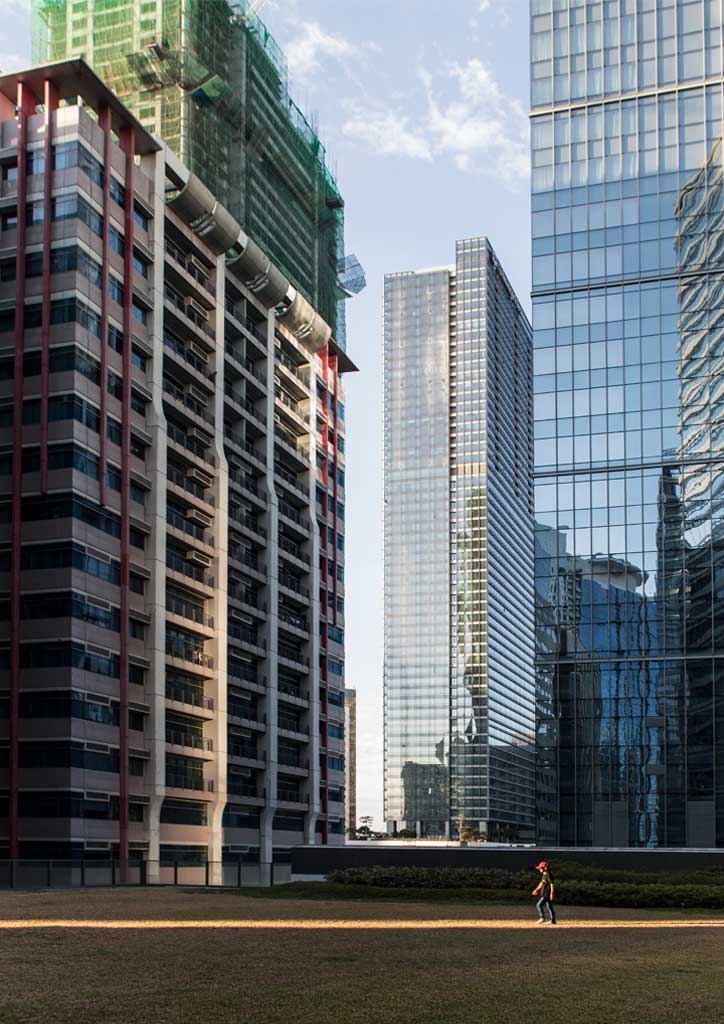
This encouraged a preoccupation with historiography, stylistic idioms, and visual meanings that enabled postmodern architects to direct their designs toward a newfound potential of architectural masses, materials, and spaces.
By employing these devices such designs yielded to the laws of the photographic surface in an endless process of transforming the tectonic and spatial into the spectacular.
Photorealism over reality
In the post-postmodern era, the boundaries between photographs and renderings have been dissolved by technology and call into question reality itself as no longer clear as a concept, nor relevant as a parameter. 3D programs for modeling and rendering now provide the means for delivering images restricted only by the imagination. Just about every architectural practice now routinely produces images to aid in visualizing projects before they’re built, thus enabling both client and the public to anticipate future appearances. The level of realism in these renders range from stylized approximations to complete illusions, leaving photography in a somewhat awkward position. What further role can photography play when a new technology exists to deliver imagery completely faithful to an architect’s vision while simulating photographic “reality”?
This, of course, doesn’t mean that photography’s days are numbered. (Far from it.) Photography has become an extension of personal selves due to the ready availability of cameras and digital connectivity. And where Eastman Kodak once promised, “You push the button, we do the rest,” Instagram and other social media apps now take over to process millions of disposable images through every possible filter save the one that matters: genuine aesthetic discrimination. Photography has assumed the qualities of a mass art form meaning that most that practice it does not do it as an art. Photographs have increased our access to knowledge and experiences of distant times and places, but there is a very real danger that images may replace direct experience and limit reality.
READ MORE: Tips for better architecture photography
The jaded citizenry of the 21st century might struggle to come to grips with the ability of photographs to transport us to a specific time and place, regardless of distance. So constant and inescapable is the noise-stream of images that photography’s prime power may easily be forgotten. It’s important not to lose the moment for the sake of a snapshot.
Architectural photography today is able to claim not only its disciplinary autonomy but also its contribution to the rising conversion of architecture into a mass media phenomenon. Sites like Dezeen, ArchDaily, and Designboom represent a powerful new platform for presenting and discussing architecture in new ways, before audiences bigger and more diverse than traditional print publication can ever manage to reach. Architectural photography will continue to raise new questions and test new interpretative theories about a relationship that remains still today, as complicated as it is intriguing.![]()
This article was first published in BluPrint Special Issue 1 2018. Edits were made for BluPrint online.
Photographed by Ed Simon


